From pv magazine 12/2019
Module mismatch within individual strings can result in up to a 25% power output mismatch, as indicated on the SolarEdge monitoring platform.
The advantages of floating solar, or “floatovoltaics,” align well with current challenges and opportunities present in the Indian solar marketplace today. A shortage of solar-suitable sites for ground mounts: check. High operating temperatures of roof or ground-mounted arrays: check. Existing generators with co-located reservoirs: check.
Given this, India’s government is looking to promote floating PV deployment. At the start of 2018, the government set a “soft” target of 10 GW of floating PV installations by 2021. While far too ambitious, not unlike other official solar goals in the country, the target does create impetus and engagement within India’s solar sector – and judging by the turnout at the pv magazine Future PV Roundtable during September’s Renewable Energy India Expo in New Delhi, many are listening.
“NTPC is almost executing close to 272 MW of floating solar,” said Shreenidhi Sharma, a manager of solar operations at India’s largest utility, NTPC. “In them, the biggest is 100 MW, in one of our balance reservoirs at a thermal power plant.” With 125 MW of these projects already tendered, Sharma explained that the company is developing around 20 floating PV projects, coupled with existing dams holding water with which to supply coal generators. And while capital costs for floating PV may be higher than for ground-mounted arrays, he said, the economics are acceptable.
“Even though the capex is 10-15% higher, the LCOE is very comparable to ground mounted,” said Sharma. “But it does depend on what type of water body, which informs the anchoring, the water variation over time, and so on.”
Early stages
While the pipeline taking shape appears promising, Ivan Saha, who heads up manufacturing as the CTO of Vikram Solar, urged caution. Vikram Solar installed India’s first floating PV installation in 2015: a 1 kW R&D array in the company’s home city of Kolkata, trailing specially produced fiberglass modules. In February, it picked up a deal to develop a 1 MW array on the Ghosunda Dam in Rajasthan, which will deploy its 330 W Eldora modules, which are conventional 72-cell, glass-backsheet panels.
“The whole technology is in its infancy right now as I see it in India,” said Saha. “Mistakes in the first few projects will have a serious impact on bankability. We must incubate the technology. Everything is so unique in a hydro environment.”
Saha’s remarks were picked up on by Indian solar veteran Vivek Chaturvedi, who is the regional business director of solar for Dutch materials supplier DSM Advanced Solar. He elaborated on some of the technical risks.
“There’s a lot of discussion on trying to stop moisture from getting in by providing glass-glass modules,” said Chaturvedi. “Presenting glass-glass modules has another set of challenges, wherein it makes the entire system very heavy. So, there needs to be the right mix between the challenges related to using a glass-backsheet module with the kind of material which protects the panel.”
Power electronics
Some of the challenges posed by solar on water can be met by smart power electronics solutions, added Julia Serebro, from inverter supplier SolarEdge. She noted that in some floating arrays, temperature and resulting power output mismatches can be commonplace – a challenge that can be overcome through the deployment of power optimizers.
“Something that people many times forget is when you build a construction above the water, some of the modules will be directly placed above the water and some of the floaters,” said Serebro. “What that means is that some of the modules in the same string can have a different temperature, and that temperature can be a source of mismatch.” She said that mismatches even within the string can be as high as 25% as a result.
Avian obstacles to smooth floating PV operation should also not be forgotten, said Serebro, particularly in terms of their droppings. “In floating installations birds really like to visit, sit, rest on the panels, eat the fish in the pond, so this also creates something that we need to be aware of. It is a really, really important factor in terms of your system output.”
Module-level monitoring can be used to alert system operators of soiling caused by birds, so that they can be cleaned at appropriate intervals. SolarEdge has supplied numerous floating PV arrays, particularly in the Netherlands, the United States and in its home base of Israel.
Looking forward, the government’s “soft” goal on 10 GW of floating installations by 2021 looks aspirational. But it is likely the application is set for rapid growth. Rishabh Jain, an analyst with the CEEW Centre for Energy Finance said that he expects annual floating solar installations to reach 500 MW over the next five years, if current concerns can be addressed.
“Right now what we are seeing is a lot of hesitation among the offtakers also, where can we set this up, what will the warranty be,” said Jain. “We were analyzing a couple of tenders and realizing that in one they were asking for a 10-year warranty on floating and another for 25 years. One of the things we don’t even know is what is the impact on the aquatic ecosystem of installing floating solar over the life of 25 years.”
There are concerns being raised that EPCs in India are currently quoting system prices that do not fully take into account the related challenges posed. But lessons are no doubt going to be learned as the first round of megawatt-scale projects are installed. And with canals, coal dams and some 40 GW of hydro capacity offering opportunity, the segment is set to rise.
This content is protected by copyright and may not be reused. If you want to cooperate with us and would like to reuse some of our content, please contact: editors@pv-magazine.com.
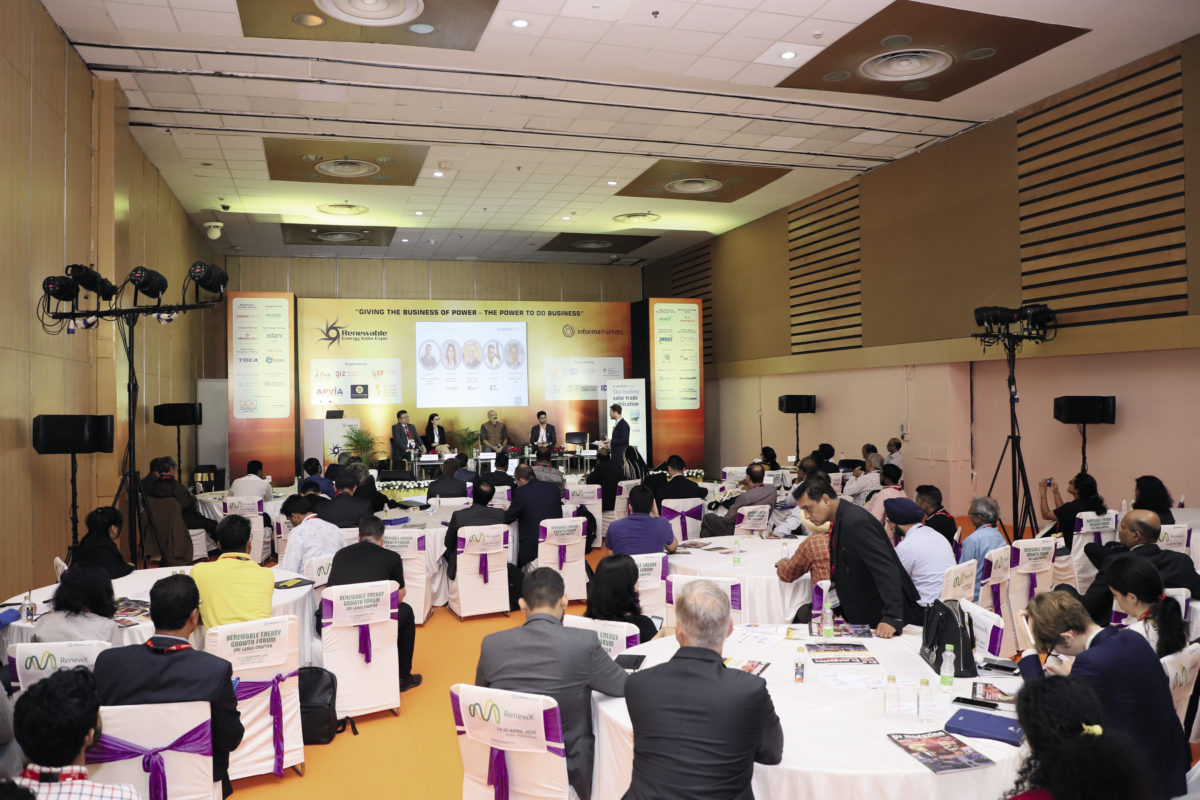
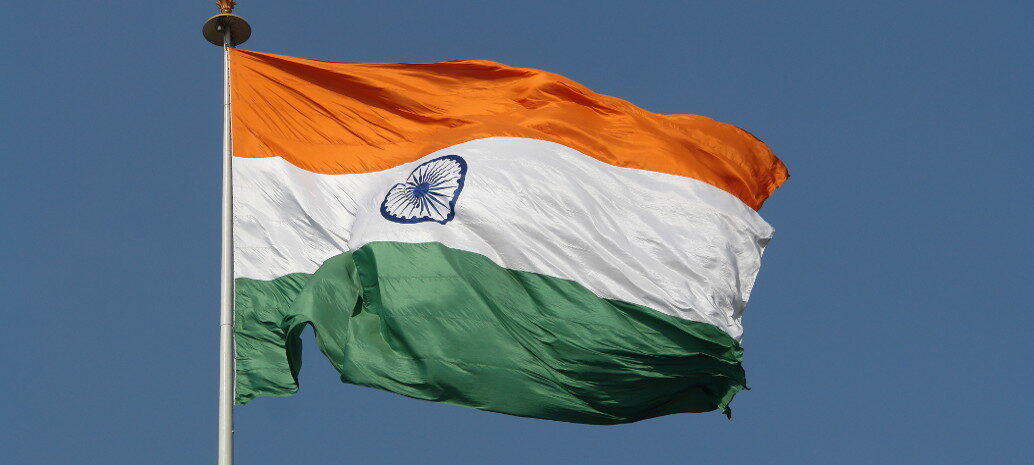


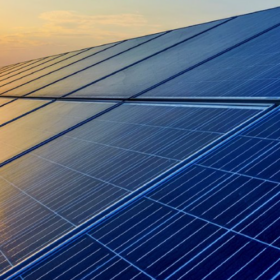
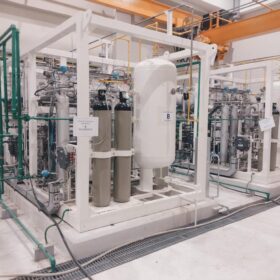
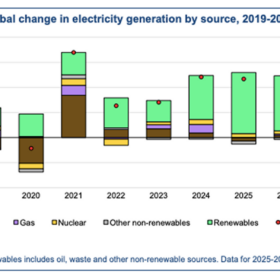
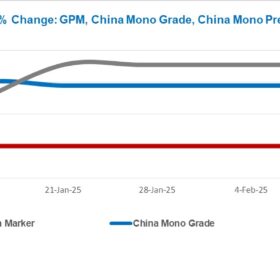
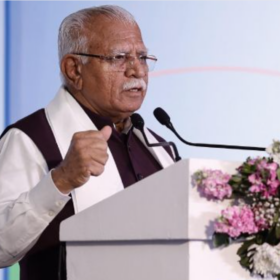
1 comment
By submitting this form you agree to pv magazine using your data for the purposes of publishing your comment.
Your personal data will only be disclosed or otherwise transmitted to third parties for the purposes of spam filtering or if this is necessary for technical maintenance of the website. Any other transfer to third parties will not take place unless this is justified on the basis of applicable data protection regulations or if pv magazine is legally obliged to do so.
You may revoke this consent at any time with effect for the future, in which case your personal data will be deleted immediately. Otherwise, your data will be deleted if pv magazine has processed your request or the purpose of data storage is fulfilled.
Further information on data privacy can be found in our Data Protection Policy.